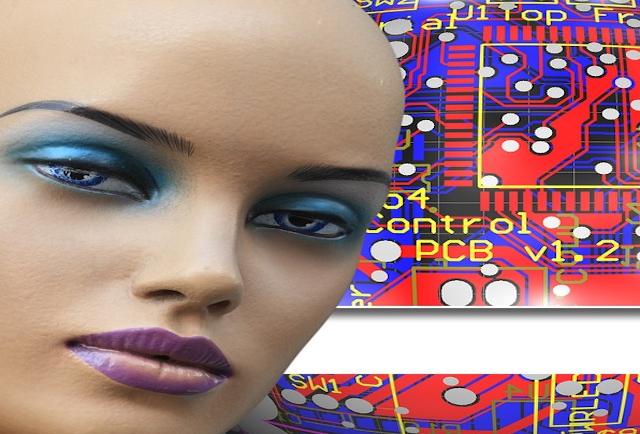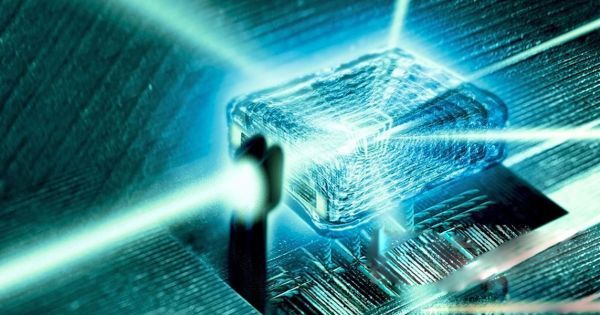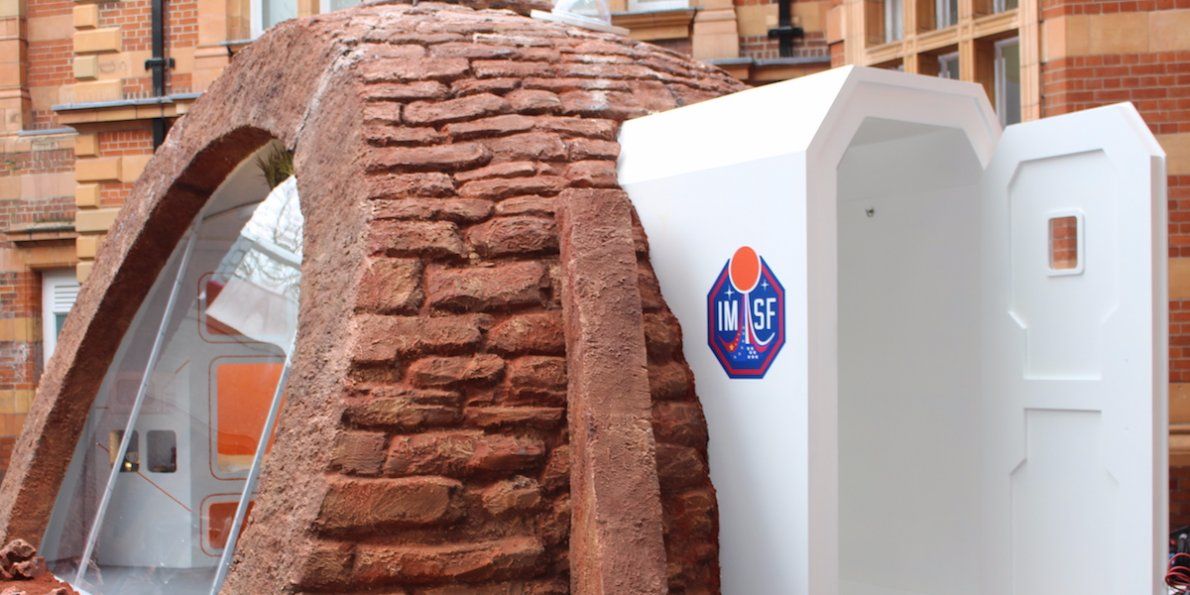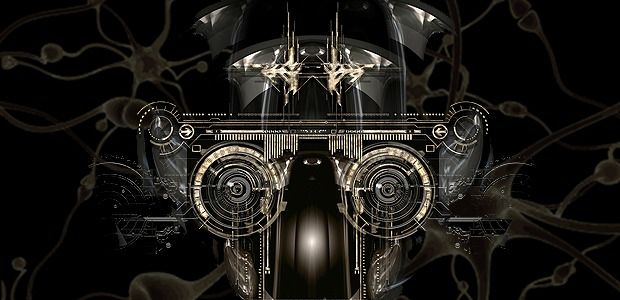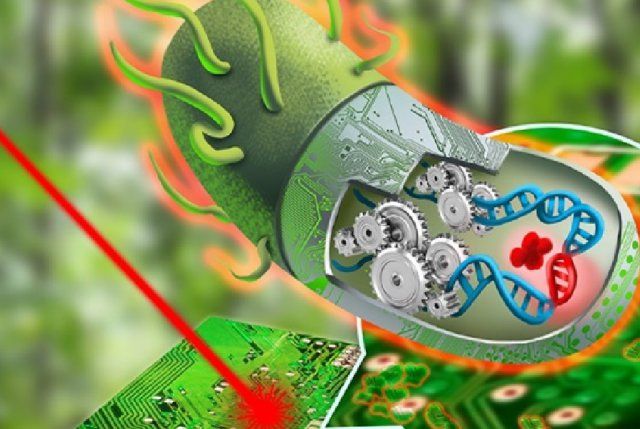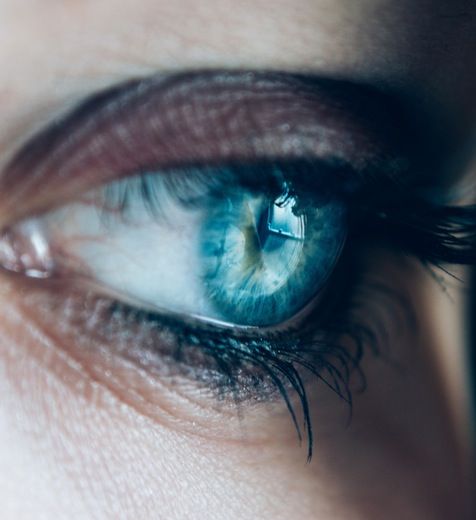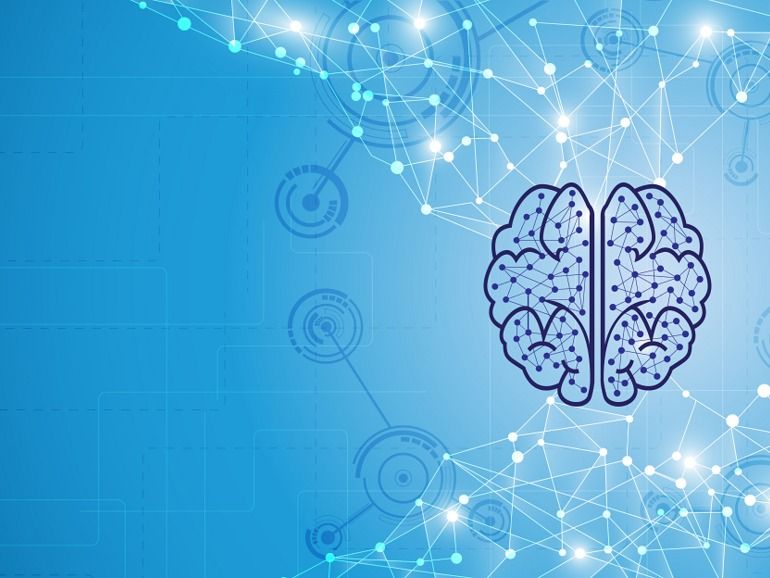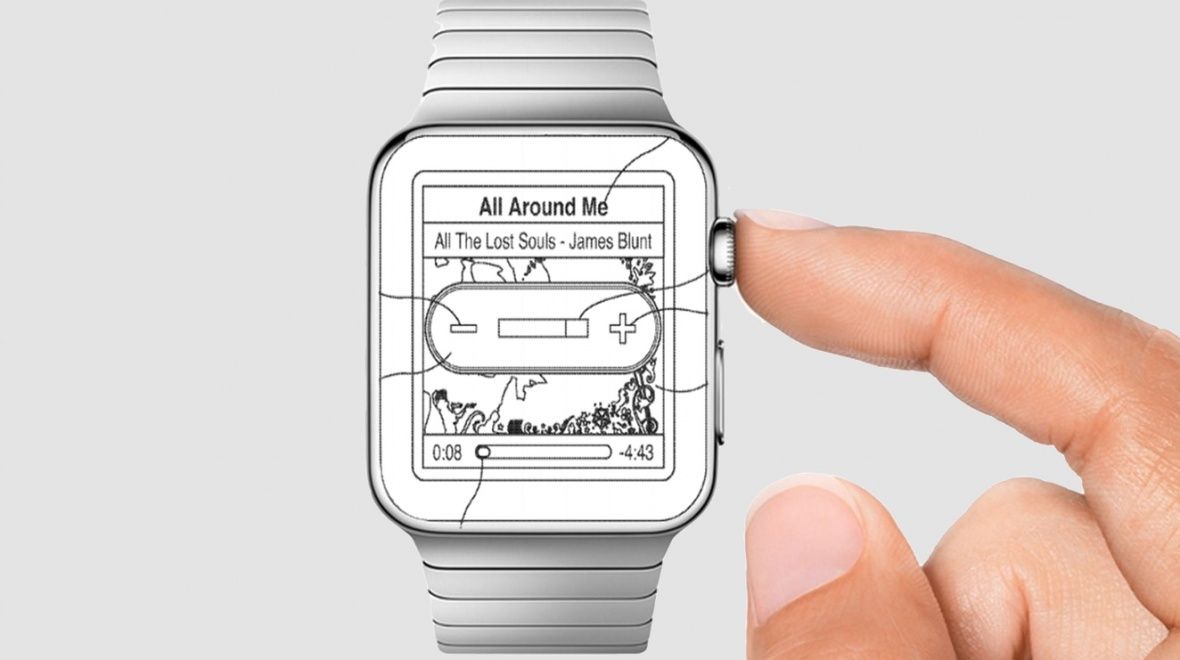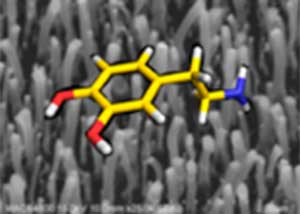A vast majority of global investors believe AI and robots will destroy huge numbers of existing jobs.
Party for Science with Steve Aoki and help raise awareness and funds for the SENS Research Foundation.
Hang with DJ Steve Aoki at a nightclub and you can expect an earful of his electronic bangers and confetti in your hair. Cozy up to Steve Aoki at Brooklyn Bowl on November 15 and you’ll get to hit pins alongside neuroscientists, bid on one-of-a-kind experiences in live and silent auctions (think jumping into the foam pit at Aoki’s Las Vegas “playhouse”) and catch him outside the booth as he hosts the Aoki Foundation’s Bowling for Brains fundraiser. The inaugural event supports the Buck Institute on Aging, SENS Research Foundation and Las Vegas’ own Lou Ruvo Center for Brain Health, continuing the foundation’s ongoing support of regenerative science.
Everyone from astronomers to tech companies wants to know what it would be like to live on Mars.
From growing vegetables in Martian soil, to claims that leaving Earth could save the human species, scientists are constantly making advances in this field.
Now, astronomers from the Royal Observatory in London and Stephen Petranek — author of “How We’ll Live on Mars” — have designed a Martian Show Home to demonstrate what life could be like on the Red Planet.
To better understand how the brain identifies patterns and classifies objects — such as understanding that a green apple is still an apple even though it’s not red — Sandia National Laboratories and the Intelligence Advanced Research Projects Activity are working to build algorithms that can recognize visual subtleties the human brain can divine in an instant.
They are overseeing a program called Machine Intelligence from Cortical Networks, which seeks to supercharge machine learning by combining neuroscience and data science to reverse-engineer the human brain’s processes. IARPA launched the effort in 2014.
Sandia officials recently announced plans to referee the brain algorithm replication work of three university-led teams. The teams will map the complex wiring of the brain’s visual cortex, which makes sense of input from the eyes, and produce algorithms that will be tested over the next five years.
ADELPHI, Md. — A U.S. Army Research Laboratory biotechnology scientist recently published an editorial article on the future directions of synthetic biology research to meet critical Army needs in the Synthetic Biology edition of the Journal of the American Chemical Society.
In the publication, Dr. Bryn Adams, who works in ARL’s Bio-Technology Branch, highlights examples of robust, tractable bacterial species that can meet the demands of tomorrow’s state-of-the-art in synthetic biology.
“ACS Synthetic Biology is the premier synthetic biology journal in the world, with a wide readership of biologists, chemists, physicists, engineers and computer programmers,” Adams said. “A publication in this journal allows me to challenge the leaders in the field to meet a Department of Defense specific need — the need for new synthetic biology chassis organisms, or host cell, and toolkits to build complex circuits in them.”
Whenever cybersecurity is discussed, the topic of biometric authentication rises alongside it as a better, more effective, more secure method of security. But is it? Do biometrics actually provide a safer way to complete purchase transactions online?
“Biometrics are a device-specific authentication method,” said Madeline Aufseeser, CEO of online fraud prevention company Tender Armor, of the ways biometric authentication is presently used to secure a digital purchase transaction (as opposed to logging into a bank’s web site, to view an account or transfer money). “Typically the same biometric method does not work across multiple purchasing channels today. The fingerprint used to make a purchase with a smartphone cannot necessarily be used to authenticate a phone order purchase or purchase made with a computer. When you confirm [a purchase transaction] with your fingerprint on a smartphone, all that’s saying is that’s the same fingerprint that’s allowed to use this phone, or the specific application on the phone. Because the fingerprint is only resident and stored on the phone, the phone is authenticating itself, not the cardholder conducting the transaction.”
This sounds a little odd compared to what we might have heard about the capabilities of biometrics previously, mainly because it goes against a core assumption: that a biometric identifier (like a fingerprint) goes with transactional data, from the phone or device, to the payment processor, to the merchant.
Rarely a week goes by at Wareable where a patent from some big tech company doesn’t get us guessing about the future.
Like Hansel and Gretel with smartwatches, we follow the proverbial tech crumbs all the way to the end, but we’re quick to forget how many of the ideas actually make the cut — and which get lost along the way.
So we’re going to a mini-series we’re calling ‘The patented history and future of…’, looking at some of the big launches in wearable tech, starting with the Apple Watch. These are going to be miniature timelines, small trips down memory lane looking at the patents that led up to the announcement and those that have happened since, to see what came true, what didn’t, and what might still be to come.
Tomi Laurila’s research topic has many quirky names.
‘Nanodiamond, nanohorn, nano-onion…’ lists off the Aalto University Professor, recounting the many nano-shapes of carbon. Laurila is using these shapes to build new materials: tiny sensors, only a few hundred nanometres across, that can achieve great things due to their special characteristics.
Tl.pngFor one, the sensors can be used to enhance the treatment of neurological conditions. That is why Laurila, University of Helsinki Professor Tomi Taira and experts from HUS (the Hospital District of Helsinki and Uusimaa) are looking for ways to use the sensors for taking electrochemical measurements of biomolecules. Biomolecules are e.g. neurotransmitters such as glutamate, dopamine and opioids, which are used by nerve cells to communicate with each other.
